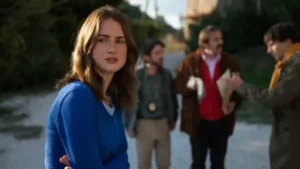With Game of Thrones exploding back on our screens, it seemed like a good time to revisit the inspirations behind certain characters and explore their real-life historical counterparts. Looking into these historical figures may give an indication of who will be crowned the ultimate winner in the game of thrones, and give some clues as to which characters may meet an unfortunate end.
Claudius = Tyrion Lannister
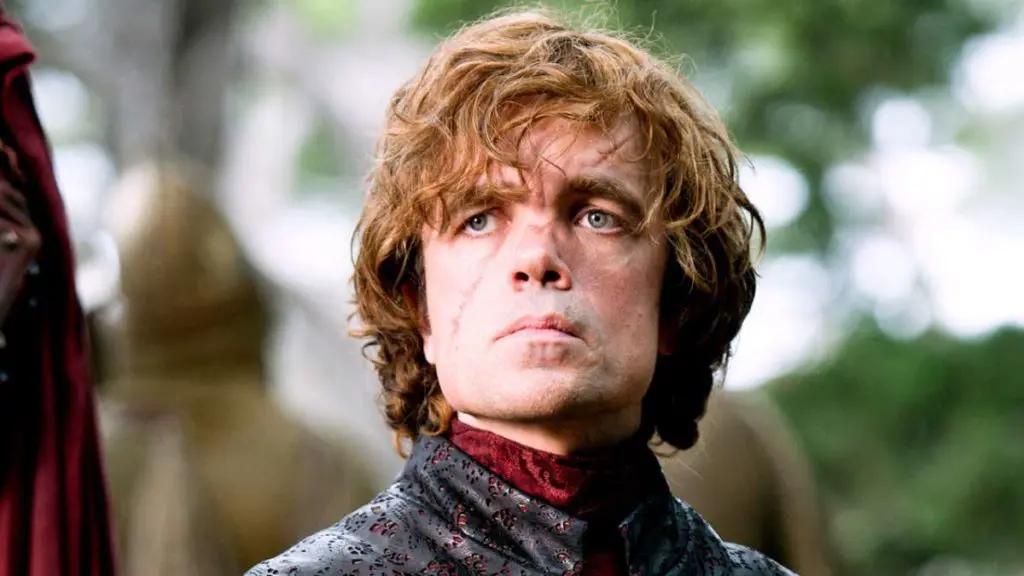
Tyrion (everyone’s favorite Lannister, played by Peter Dinklage) has managed to work his way up the ladder, going from a drunkard misfit hated by his father, to becoming the hand to the Queen and slightly less drunk. Tyrion’s real-life counterpart is Emperor Claudius (rule 41 AD to 54 AD), whose family made him an outcast due to his physical imperfections. Claudius was afflicted with a limp and slight deafness due to sickness at a young age, and although his father died early on in his childhood, his mother was very much like Tywin Lannister.
Claudius’ mother Antonia referred to him as a monster and used him as a standard for stupidity. What Claudius may have lacked in terms of physical prowess, he made up in his scholarly ability. A budding historian, Claudius’ work on the Roman Civil War proved to be a little too critical of Octavian then reigning as Augustus Caesar. His mother quickly put a stop to that! Claudius would request to be made part of the counsel for the Senate, but each time, his requests would be denied.
It would be until the rule of Emperor Caligula that Claudius would become set on the path as successor. Caligula recognized Claudius to be of some use. He appointed Claudius his co-consul in 37 in order to emphasize the memory of Caligula’s deceased father Germanicus. Despite this, Caligula relentlessly tormented his uncle: playing practical jokes, charging him enormous sums of money, humiliating him before the Senate. It would be Claudius who would have the last laugh, as he became Caligula’s successor once the emperor was assassinated. If you are wondering whether a certain Joffrey is inspired by Caligula, then hold your horses, we’ll get there in a minute!
Caligula = Joffrey Baratheon
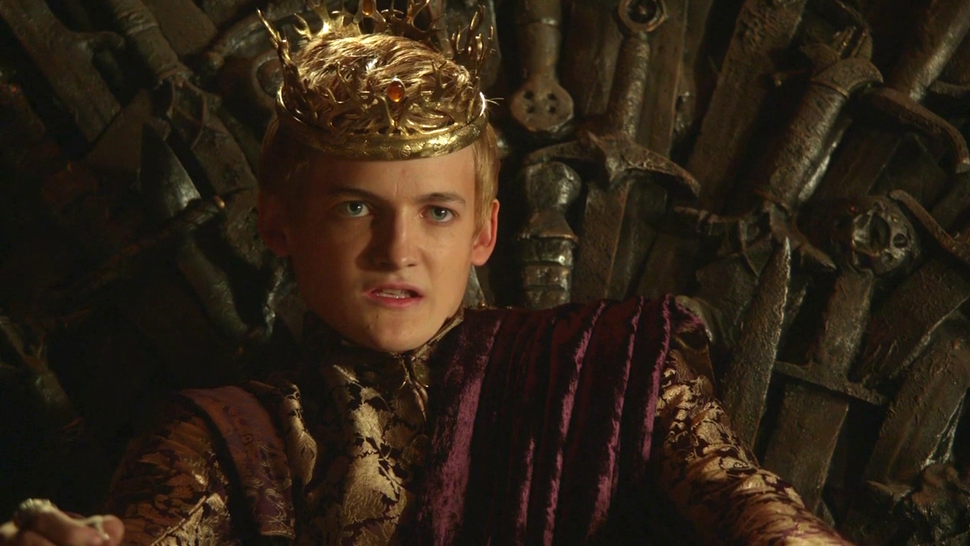
Joffrey (played by Jack Gleeson), had a very short but bloody and brutal rule as King of the Seven Kingdoms. Joffrey’s first act as the new King was to behead poor old Ned Stark (Sean Bean) way back at the end of Season One. Although this only reinforced our hatred towards Joffrey and the Lannisters, the public of King’s Landing cheered. Like Caligula, at first Joffrey was loved by the people. However, as the war between the Starks and the Lannisters continued, the public’s support dwindled.
When Caligula accepted the powers of the Principate as conferred by the Senate and entered Rome, there was a huge celebration with the crowd hailing him as “our baby” and “our star”. The public was extremely grateful that long-hated emperor Tiberius was no more. Caligula is described as the first emperor who was admired by everyone and his first six months of rule were described as blissful.
In October 37 AD, Caligula fell seriously ill, and after he recovered, his behaviour became less blissful. He started to kill off or exile those who were close to him or whom he saw as a serious threat (including his cousin and adopted son Tiberius Gemellus, an act which led their grandmother Antonia Minor to take her own life). He had his father-in-law Marcus Junius Silanus and his brother-in-law Marcus Lepidus executed as well. His uncle Claudius was spared only because Caligula preferred to keep him as a laughing-stock.
It was probably when Caligula planned to make his horse, Incitatus, a consul, that the Senate finally decided enough was enough. His own guards stabbed him to death.
Margaret of Anjou = Cersei Lannister
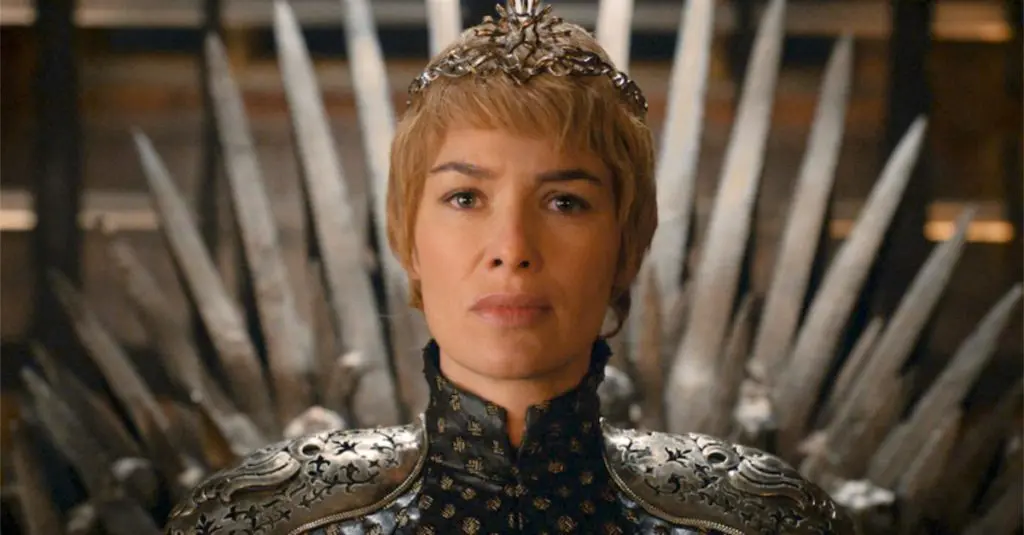
Paintings of Margaret of Anjou depict her with long, flowing blonde hair. Her similarities with Cersei (Lena Headey) don’t stop there. Margaret was forced to marry Henry VI to create an alliance between England and France, much like Cersei Lannister was married off to Robert Baratheon (Mark Addy) to bring their houses together. Owing to her husband’s frequent bouts of insanity, Margaret ruled the kingdom in his place.
Like Robert, Henry wasn’t really interested in being king. Although unlike Robert (who preferred to drink, hunt and sleep with women), Henry was more interested in religion and learning than in military matters. When he married Margaret, his mental condition was already unstable and by the time of the birth of their only son, Edward of Westminster, Prince of Wales (born 13 October 1453), he had suffered a complete breakdown.
Fearing that Richard of York would deposition Henry, Margaret called for a Great Council in May 1455 that excluded the Yorkist faction headed by Richard and this provided the spark that ignited a civil conflict that lasted for more than 30 years, decimated the old nobility of England, and caused the deaths of thousands of men, including her only son. Margaret survived the war of Roses, and was taken in as a political prisoner, before being ransomed by her cousin, King Louis XI of France. Perhaps, this indicates that Cersei will survive until the end, and will live her life in exile, penniless and alone.
Elizabeth of York = Sansa Stark
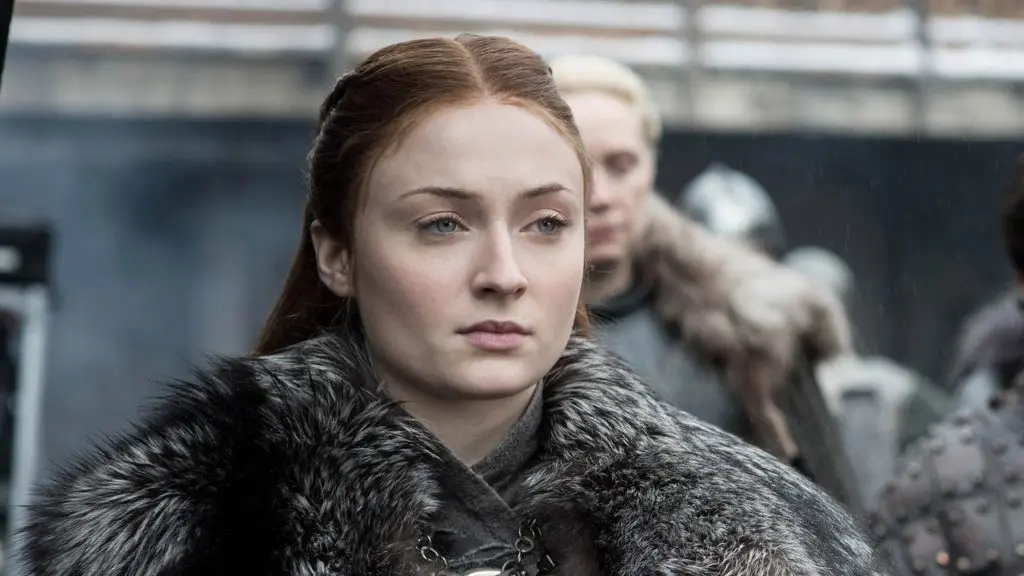
Talking about little girls who grew up to become Queens. Like Sansa Stark (Sophie Turner), there was nothing more that Elizabeth wanted to be than the Queen. Both women had red hair, and were described as beautiful; in fact, the Queen of Hearts playing card was modeled after Elizabeth. Like Sansa, Eizabeth was used as a political pawn, being offered around as a prospective bride to secure an alliance. At the age of 9, Elizabeth’s hand in marriage was offered to the son of Louis XI of France. However, this marriage never came to be.
On 9 April 1483, Elizabeth’s father, King Edward IV, unexpectedly died and her younger brother, Edward V, ascended to the throne; her uncle, Richard, Duke of Gloucester (picture a Petyr ‘LittleFinger’ Baelish type of person), was appointed regent and protector of his nephews. Elizabeth’s brothers would ‘mysteriously’ disappear during their stay at the Tower of London.
As a Yorkist princess, the final victory of the Lancastrian faction in the War of the Roses may have seemed a further disaster for Elizabeth, but Henry Tudor knew the importance of Yorkist support for his invasion and promised to marry her before he arrived in England. She became queen consort of England from 1486 until her death in 1503, but seems to have played little part in politics. Hopefully, Sansa will continue to rule as Queen of the North as she seems quite adept at politics.
Elizabeth I = Daenerys Targaryen
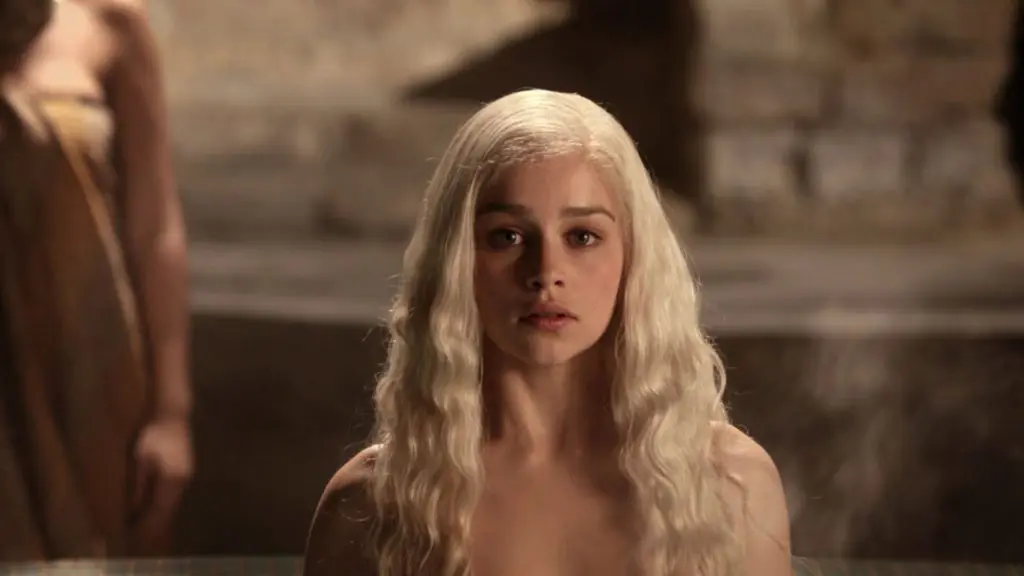
Another Elizabeth! Unlike her grandmother, Elizabeth of York, Elizabeth I ruled on her own without needing a man beside her. Both Daenerys (Emilia Clarke) and Queen Elizabeth did what needed to be done without letting their emotions get in the way, even if it meant setting people on fire or in Elizabeth’s case executing her most trusted advisor (Robert Devereaux) once she found out he was a spy.
Elizabeth was never really meant to become Queen. Her father Henry VIII was hellbent on having a male heir (so much so that he married six times), and he was succeeded by his son Edward VI. Daenerys’ journey is quite similar to Elizabeth’s. She was never meant to become queen, but she outlived both her brothers, Rhaegar Targaryen and Viserys Targaryen. Many around Elizabeth did their best to try to wed Elizabeth off, just like Daenerys was married off to Khal Drogo. However, Elizabeth would never marry or bear any children, earning her the nickname ‘The Virgin Queen’.
Elizabeth was cautious in foreign affairs, manoeuvring between the major powers of France and Spain. However, war with Spain was inevitable. England’s defeat of the Spanish Armada in 1588 associated Elizabeth with one of the greatest military victories in English history. Like Elizabeth, Daenerys has proven herself more than capable as a military strategist. Hopefully, she’ll have a long and prosperous rule like Elizabeth.
Vlad Dracula = Ramsay Bolton

This comparison is a lot of fun, especially when deciding who was the biggest monster. Vlad is obviously the inspiration behind the vampire Count Dracula in Bram Stoker’s 1897 novel Dracula. Vlad Dracula actually shares characteristics with many characters; for example: he shares the birth by exiled nobles of Jon Snow (Kit Harington), the family dragon title of the Targaryens, and the living with the father’s enemy as insurance of Theon Greyjoy (Alfie Allen).
Like Ramsay (Iwan Rheon), Vlad’s claim to power wasn’t necessarily a legitimate one. Vlad was the second legitimate son of Vlad II Dracul, who was an illegitimate son of Mircea I of Wallachia. Upon the death of his father and elder brother, Vlad became a potential claimant to Wallachia. In the novels, Ramsay is said to have killed his father’s legitimate son to spite his father.
The stories about Vlad’s plundering raids in Transylvania were clearly based on an eyewitness account, because they contain accurate details. They describe Vlad as a “demented psychopath, a sadist, a gruesome murderer, a masochist”, worse than Caligula and Nero. How much of Vlad’s murderous deeds are fact or fiction has left many historians in debate. Apparently he is said to have “ordered that women be impaled together with their suckling babies on the same stake… put the people in the cauldrons, fastened them there; then [he] filled it with water and set a fire under it and let the people cry their eyes out until they were boiled to death.”
And you thought Ramsay was bad! Let’s just hope that Ramsay doesn’t come back as a vampire!
Certainly reading up on the people who inspired some of my favourite GoT characters, has made me realised that fact is stranger than fiction. Even with the show coming to an end, there’s still plenty to explore afterwards.




